An overview of concussion protocols across professional sports leagues
Wednesday, 05 November 2014Governing bodies and sports leagues have a heightened awareness the risk poised to athletes from head trauma sustained in the participation of their sport following the NFL concussion litigation1. This article looks at key regulatory and educational approaches taken by Premiership Rugby, Premier League, NFL, NHL, MLB and NBA to tackle the risk of concussion in their sport.
It is the intention of the authors that this article will to provide greater clarity as to how sport as a community is addressing this important issue.
Given the vast amount of work that the leagues cited above have undertaken we have decided to focus on the following key areas:
- Baseline testing (used to assess an athlete’s balance and brain function2),
- Education programmes,
- Assessment protocols during competitions,
- Decision making with regards to players returning to the field of play;
- Concussion rate of each sport.
We welcome any comments and feedback; it is through sharing information that we hope we can improve awareness and understanding of this issue and share best practices.
 English Premiership Rugby - click here for IRB protocols|closed
English Premiership Rugby - click here for IRB protocols|closed
Premiership Rugby has adopted the International Rugby Board’s (IRB) Head Injury Assessment (HIA) process, which was formerly called the Pitch Side Concussion Assessment process (PSCA).3 The governing regulation on concussions is the IRB’s Regulation 10.4
Baseline Testing
Pre-season cognitive testing is conducted, but there is a concern as, with all baseline testing of this nature, that players may view the baseline testing as an obstacle in their way for getting back playing, and may therefore intentionally score low on the baseline testing to help them hide symptoms of concussion following a head injury. 5
Education Programme
As of October 2014, all Premiership players, coaches, and referees must complete an online concussion awareness module as part of a joint effort by the Premiership Rugby, Rugby Football Union (RFU) and Rugby Players Association to raise the level of awareness and understanding of concussion issues.6 The module must be completed by 11 December 2014, under penalty of an automatic fine. Further, players and coaches may be made ineligible to play or coach until such time as they have completed it.7
Assessment Protocol
Either the team doctor or the match day doctor (MDD - whose role is described below) is allowed ten minutes for HIA to determine whether the player has a suspected concussion (see the IRB’s Head Injury Assessment Tool8). The staff also has access to video replays of the incident to aid their decision.9 A temporary substitution allows for play to resume while the player is being assessed (however, the temporary substitute may not take a penalty kick for goal or conversion).
The player will be allowed to immediately return to play only if the HIA and neurological assessment is declared negative. Any player with a positive HIA is not allowed to return to play.10
Any player suspected of having a concussion or diagnosed with a concussion will be permanently removed from the pitch.11 Every player who is permanently removed from the pitch must undergo testing (specifically, the internationally-recognised SCAT3 testing, developed by the Concussion in Sport group).12
Every concussion case is “independently reviewed to assess and advise the on-field management of these incidents” by two doctors with extensive experience in rugby.
Who makes the decision on when player returns to participation?
The initial decision lies with the team doctor, however the MDD has the authority to overrule the team doctor and prevent an injured player from further participation as per the IRB Regulations 15.2.1 (d).13 The MDD is responsible for coordinating medical services, supporting the team doctor with injured players if necessary, observing the HIA process or delivering the HIA process if assigned that role by the team doctor, and enforcing permanent removal from play if necessary.14
Whenever a player is diagnosed with a concussion, he is prohibited from competing in a match or participating in training for a minimum of three weeks, and may only return to play after he is symptom-free. However, the three-week timetable may be reduced if the player is cleared by a “properly qualified and recognised neurological specialist.”15
Concussion rate
One for every 7.6 games played (2012/13)16
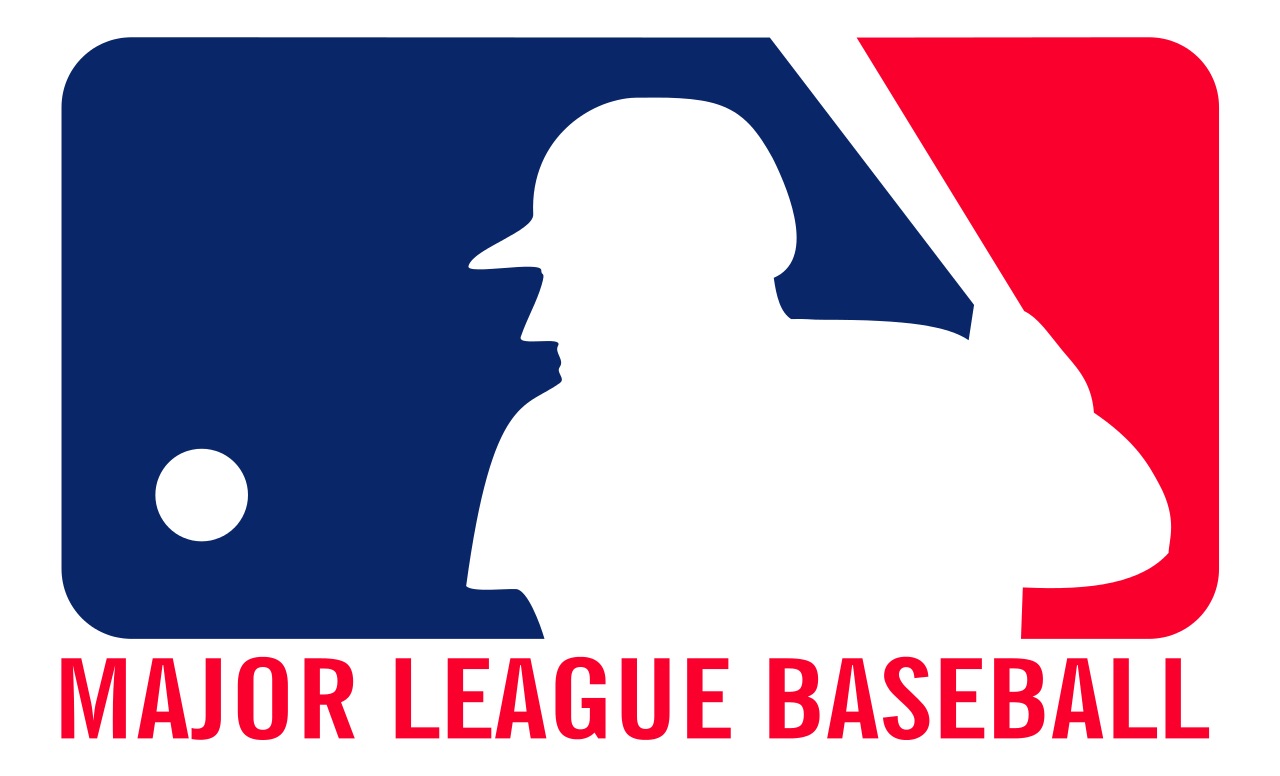 Major League Baseball (MLB) - click here for MLB protocols|closed
Major League Baseball (MLB) - click here for MLB protocols|closed
MLB implemented a new concussion policy in March 2011. The regulations governing concussions can be found in Attachment 36 of the Basic Agreement.17
In addition, for the 2014 season, MLB and the Major League Baseball Players Association (MLBPA) agreed to a one-year test of a rule limiting home plate collisions, in part to try to reduce the increasing number of concussions suffered by catchers.18
Baseline testing
Baseline neurological testing is required for all players during spring training, or when a player joins a new team.19 The baseline evaluation consists of the Immediate Post-Concussion Assessment and Cognitive Testing (ImPACT) program.
Education programme
The league and the MLBPA jointly “creat[ed] and distribut[ed] educational materials for Players on the assessment and management of concussions, including a Concussion Information Sheet and a joint memorandum.”20 There are also training and educations sessions for club personnel “throughout the course of the season and during the off-season.”21
The league also works with national organisations to advise club personnel of “concussion-related continuing education sessions.”22
Additionally, in July 2014, MLB used its annual All-Star Game as a platform to educate youth baseball players about head injuries and the importance of wearing a batting helmet.23
Assessment Protocol
When a player is suspected of having a concussion, he must undergo SCAT testing, which will be performed in the clubhouse by the team physician or certified athletic trainer.24
When a player is diagnosed with a concussion, he goes on the concussion-specific seven-day disabled list, meaning that he must sit out for at least seven days. According to the league, the concussion-specific disabled list “[allows] concussions to clear, prevent[s] players from returning prematurely and give[s] clubs a full complement of players in one's absence."25
Who makes the decision on when player returns to participation?
The final decision lies with the league’s medical director and the MLBPA’s concussion expert.26 In the event that the medical director and the MLBPA’s expert cannot agree on whether the player should be returned to play, they will refer the matter to an independent expert, who will make the final decision.27
The player’s club must submit a “Return to Play” form to the league’s medical director. As explained by Stephania Bell, a clinical orthopaedic specialist and ESPN’s injury analyst, “in that form, the club's head physician must establish that:
- all symptoms at rest and with exertion (including baseball-related activities) have cleared ,
- ImPACT results have returned to baseline , and
- the club physician, in his or her judgment, feels it is safe for the player to return to competition.”28
“The medical director then has the right to request further documentation or consultation with other physicians before providing final clearance. Similar return-to-field criteria will be required for umpires.”29
“Additionally, each club is required to designate an MTBI (mild traumatic brain injury) specialist, who is not one of the club physicians, in its home city.”30
In addition, a web-based medical records system, created in 2010, ensures that players medical histories, injuries, and treatment plans are documented.31 This allows for team doctors and trainers to keep track of each player’s history of concussions and make any necessary adjustments in treatment.
Concussion rate:
One for every 105.7 games played (2013)32
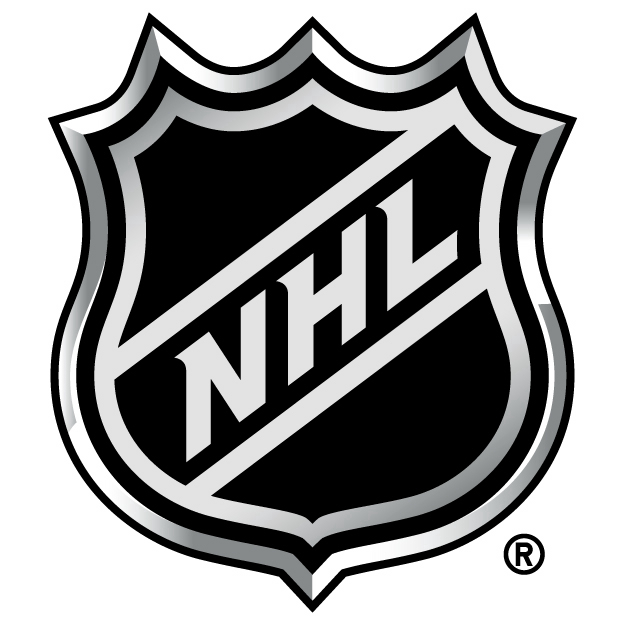 National Hockey League (NHL) - click here for NHL protocols|closed
National Hockey League (NHL) - click here for NHL protocols|closed
The regulations governing concussions are specifically found in the Protocol for Concussion Evaluation and Management, and generally in Article 34 of the Collective Bargaining Agreement.33
The NHL and National Hockey League Players Association (NHLPA) concussion policy was revised prior to the 2013/14 season to “comport with recently-issued guidelines from the International Concussion in Sport conference of 2012 to prohibit same day return-to play for players who have been diagnosed with a concussion.”34
Baseline testing
All players undergo baseline neuropsychological testing prior to engaging in full contact play. Typically, this testing occurs during camps at the start of the season. The baseline evaluation consists of the ImPACT program, a computerised neurocognitive assessment. Team neuropsychologists are to administer or supervise the administration of ImPACT.35
Education programme
The NHL has a broad education programme directed not only at the players, but also medical staffs, on-ice game officials, coaches, general managers, executives, and owners.36
The NHL and NHLPA also sponsored an educational video created by the National Academy of Neuropsychology Foundation and the National Athletic Trainers’ Foundation, which features comments from NHL players.37
Beginning in 2011, the NHLPA sent its medical consultant and a neurologist to all thirty teams to educate players about concussions.38 The NHLPA also sponsors concussion research and engages in fundraising activities for concussion research.39
Assessment Protocol
When a player is suspected of having concussion, he is taken off the ice and brought to the locker room or a quiet room to undergo SCAT testing.40
A player who is suspected of having a concussion may return to the ice if and when that player is symptom-free at rest and with strenuous activity and the player has returned to his cognitive baseline, which may be determined at a rink side evaluation.41
Who makes the decision on when player returns to participation?
The decision lies with the team doctor, who will work in conjunction with the team neuropsychologist and incorporate data from the team psychologist’s post-concussion neuropsychological evaluation in the decision-making process.42
All of the test data is stored centrally, and when a player moves to a new club, the data follows him, which provides the new team doctor with the player’s full history.43
Concussion rate:
One for every 20 games played (2009-2012)44
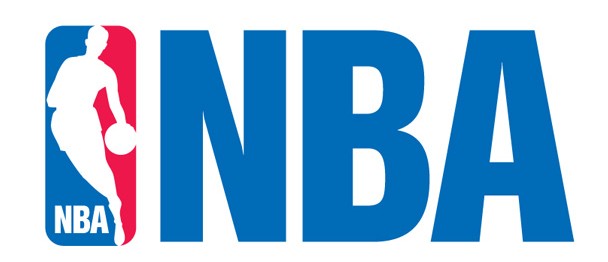 National Basketball Association (NBA) - click here for NBA protocols|closed
National Basketball Association (NBA) - click here for NBA protocols|closed
The NBA implemented a new concussion policy in December 2011, which was codified in Article 22, §8 of the 2011 Collective Bargaining Agreement.45
Baseline testing
Pre-season testing of baseline brain function, using neurological and cognitive assessment.46
Education programme
The league provides “every player and coach [with] concussion education prior to the beginning of each season. Topics include information on the underlying mechanism of concussion, common and uncommon presentations of concussion, appropriate management strategies and possible complications or long-term manifestations of the injury.”47
Assessment Protocol
If a player is suspected of having a concussion, or exhibits the signs or symptoms of concussion, they will be removed from participation and undergo evaluation by the medical staff in a quiet, distraction-free environment conducive to conducting a neurological evaluation.
If a player is diagnosed with concussion, he will not return to participation on that same day.48
Who makes the decision on when player returns to participation?
The final decision rests with the team physician, who must first discuss the decision with the director of the NBA Concussion Program.49
There is no defined timetable to return, and the return to participation decision is made on a case-by-case basis. Kobe Bryant played in a game just three days after sustaining a concussion in 2012, while Chris Kaman’s concussion required four weeks of rest.50
Concussion rate:
One for every 149.5 games played (2013-14)51
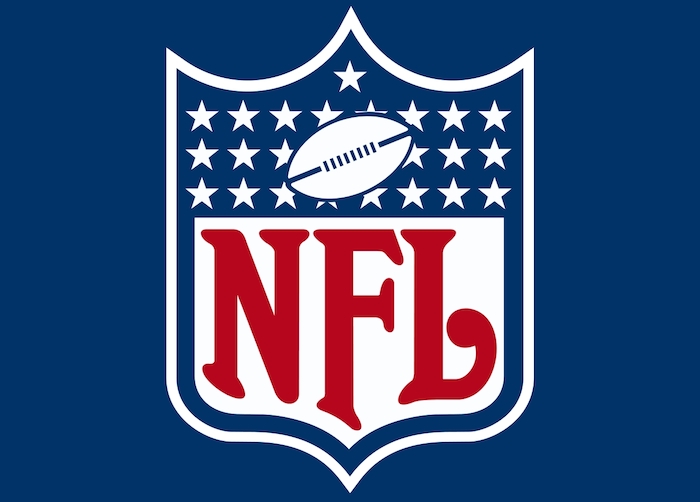 National Football League (NFL) - click here for NFL protocols|closed
National Football League (NFL) - click here for NFL protocols|closed
The NFL’s concussion policy was implemented in 2009, but was most recently updated in February 2014. The regulations governing concussions can be found in the NFL’s Head, Neck, and Spine Committee’s 1) protocols regarding diagnosis and management of concussion, and 2) protocols regarding return to participation following concussion.52
Baseline Testing
All players undergo baseline neuropsychological and cognitive testing, including both the ImPACT test and the Automated Neuropsychological Assessment Metrics (ANAM) test developed by the United States Army.53
Education Programme
Players and coaches attend concussion education programmes as part of the organised team activities (OTAs) held during the preseason.
The NFL also sponsors Heads Up Football, an organisation that educates youth football coaches on how to best ensure player safety, and several concussion research programmes.
Assessment Protocol
When a player is suspected of having concussion, he is taken off the field subjected to the NFL’s Sideline Concussion Assessment Tool, which is derived from the SCAT testing.54 A player diagnosed with a possible concussion will not be permitted to return to the field.
The medical staff is required to carry electronic tablets with applications designed to help team physicians with assessment.55
There is also an independent neuro-trauma expert physician on the sideline who can be consulted by a player or medical staff.56 Additionally, there is an athletic trainer who serves as a “spotter” for both teams and uses multiple video angles and replays to aid in the recognition of a head injury.57
Who makes the decision on when player returns to participation?
Each team must hire an independent neurological consultant (INC) who will make the final determination. The INC will be a physician and concussion expert who has been approved by both the league and the players union. The INC will work in conjunction with the team’s head physician and medical staff to gather all the necessary data to make an informed decision.58
Concussion rate
 Premier League - click here for Premier League protocols|closed
Premier League - click here for Premier League protocols|closed
The Premier League implemented a new concussion policy in August 2014, and the league rules on head injuries can be found in Sections O.22 and O.23 of the Premier League handbook.60
Baseline Testing
Clubs are required to complete preseason neurological and cognitive testing on each of their players. Appendix 4 of the Premier League Handbook recommends that annual baseline SCAT is undertaken prior to the start of each Season.61
Education Programme
The Premier League is “supporting a FA led campaign to help inform all constituents in the game - including coaches, players, clubs and parents - that head injuries should be taken seriously and the opinion of a medical professional be sought should they occur.”62
Assessment Protocol
While every member of the medical staff is required to carry the SCAT Pocket Concussion Recognition Tool, this tool was designed for laypeople; there are more in-depth tools intended for use by medical professionals that are available. 63 There is no uniform assessment protocol and therefore it is down to the discretions of the medial staff to decide the appropriate time needed to assess whether the player is fit to return.64
There is also a “tunnel doctor,” paid by the home club, who uses video replays to help the team doctors determine if a player suffered an injury and if the player displayed any symptoms of a suspected concussion.65
Who makes the decision on when player returns to participation?
The final decision lies with the team doctor.66
Concussion rate
One for every 69 games played (2013/14).67 This is based on data collected by https://www.premierinjuries.com (thank you to Ben Dinnery for your help).
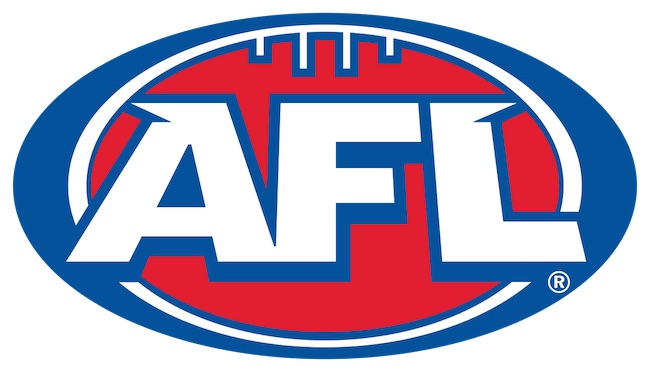 Australian Football League (AFL) - click here for AFL protocols|closed
Australian Football League (AFL) - click here for AFL protocols|closed
The AFL implemented a new concussion policy in April 2011 and regularly revises it to match the consensus statements on concussion in sport from the Zurich conferences (most recently in November 2013). The regulations governing concussions can be found in the AFL’s concussion management guidelines.
Baseline Testing
All players undergo baseline testing via the CogState testing system, a computerised testing system similar to the ImPACT test.68
Education programme
The AFL created guidelines for players and coaches on concussion recognition and stresses the importance of seeking treatment when symptoms arise.69 The league has also produced educational videos to raise awareness.70
Assessment Protocol
When a player is suspected of having a concussion, he is taken off the pitch and subjected to SCAT testing.71 The league allows for a twenty-minute assessment period, and SCAT testing is not administered until at least ten minutes after the on-field incident to account for delayed symptoms. A temporary substitution is allowed while the player is being assessed.72
Sideline video review is made available to team doctors to help aid their assessment.
Any player who is diagnosed with a concussion is not permitted to return to play.73
Clubs are also required to submit the completed SCAT testing form to the AFL medical director.74
Who makes the decision on when player returns to participation?
Before returning to play, a doctor with experience in managing concussion must clear the player.75
Players should follow a graduated return to play (GRTP) protocol.76
Concussion Rate
References|closed
- Associated Press, Federal judge approves NFL concussion settlement, ESPN.com, 7 July 2014, accessed 4 November 2014, https://www.nfl.com/news/story/0ap2000000363672/article/federal-judge-approves-nfl-concussion-settlement
- ‘FAQs about Baseline Testing among Young Athletes’, www.cdc.gov, 11 July 2014, accessed 4 November 2014, https://www.cdc.gov/concussion/sports/baseline_test.html
- ‘Significant changes to concussion management for professional rugby in England,’ English Premiership, 16 October 2014, last viewed 17 October 2014, https://therpa.co.uk/significant-changes-to-concussion-management-for-professional-rugby-in-england/
- ‘Regulation 10, International Rugby Board’s Regulations Relating to the Game, last viewed 4 November 2014, https://www.irb.com/mm/document/lawsregs/regulations/02/02/66/59/121220gfirbregulationsrelatingtothegameenglishversion.pdf - see Regulation 10 here https://www.irb.com/mm/document/lawsregs/0/060924gfirbregulation10_881.pdf
- Rory Lamont, ‘Players are deliberately cheating the concussion tests’, ESPN.com, 19 December 2013, last viewed 18 October 2014, https://www.espnscrum.com/scrum/rugby/story/208943.html
- ‘Concussion programme kicks off new era,’ Rugby Players Association, 17 October 2014, last viewed 27 October 2014, https://therpa.co.uk/concussion-programme-kicks-off-new-era/
- Id see 3
- International Rugby Board’s - Head Injury Assessment Tool, last viewed 3 November 2014, https://www.irbplayerwelfare.com/downloads/concussion/IRB_HIA_1_EN.pdf
- ‘Concussion programme breaks new ground,’ English Premiership, 18 October 2014, last viewed 18 October 2014, https://www.premiershiprugby.com/news/33515.php#.VEPa4Uvfe6A
- ‘Concussion Management for Elite Level Match Day Medical Staff,’ International Rugby Board.
- ‘Concussion programme breaks new ground,’ English Premiership.
- For a copy of the SCAT3 test, see, Concussion in Sport Group ‘Sport Concussion Assessment Tool – 3rd Edition,’ Br J Sports Med 2013 47: 259, https://www.rfu.com/takingpart/playerhealth/concussion/~/media/files/2013/taking%20part/concussion/scat3.ashx (note that this test is for use by medical professionals only)
- ‘Concussion Management for Elite Level Match Day Medical Staff,’ International Rugby Board. Accessed 4 November 2014, https://www.irbplayerwelfare.com/?documentid=module&module=24
- Id.
- Id. – see 4
- 35 concussions suffered in the 267-match season during the 2012-13 season (264 regular-season matches plus three play-off matches). An additional 19 concussions were suffered by Premiership players in European competition and national cup competition, and a further 5 concussions were suffered in training and were not included in the calculations. See, ‘England Professional Rugby Injury Surveillance Project – 2012-13 season report,’ Rugby Football Union, last viewed 15 October 2014, https://www.rfu.com/news/2014/february/news-articles/~/media/files/2014/takingpart/injury_audit_report_2014_.ashx
- ‘Basic Agreement – Attachment 36,’ Major League Clubs and Major League Baseball Players Association, last viewed 4 November 2014, https://mlb.mlb.com/pa/pdf/cba_english.pdf
- See, Ben Lindbergh, ‘The Year of Living Less Dangerously,’ Grantland, 25 February 2014, last viewed 28 October 2014, https://grantland.com/features/mlb-catcher-concussions-home-plate-collisions-rule/
- ‘Major League Baseball and Major League Baseball Players Association announce new Protocols on Concussions,’ Major League Baseball, 29 March 2011, last viewed 17 October 2014, https://mlb.mlb.com/news/press_releases/press_release.jsp?ymd=20110329&content_id=17181944&vkey=pr_mlb&fext=.jsp&c_id=mlb
- 'Basic Agreement – Attachment 36,’ Major League Clubs and Major League Baseball Players Association
- Id.
- Id.
- Barry Bloom, ‘MLB, Twins team up to teach kids helmet safety. MLB.com, 15 July 2014, last viewed 28 October 2014, https://m.mlb.com/news/article/84845182/mlb-minnesota-twins-team-up-to-teach-kids-helmet-safety
- ‘Basic Agreement – Attachment 36,’ Major League Clubs and Major League Baseball Players Association
- Major League Baseball and Major League Baseball Players Association announce new Protocols on Concussions,’ MLB.com, 39 June March 2011, accessed 4 November 2014, https://mlb.mlb.com/news/press_releases/press_release.jsp?ymd=20110329&content_id=17181944&vkey=pr_mlb&fext=.jsp&c_id=mlb
- See id.
- ‘Basic Agreement – Attachment 36,’ Major League Clubs and Major League Baseball Players Association
- Stephania Bell, ‘Analyzing MLB’s concussion policy,’ ESPN, 1 April 2011, last viewed 17 October 2014, https://sports.espn.go.com/fantasy/baseball/flb/story?id=6280590
- Id.
- Id.
- John Schlegal, ‘MLB instituting new medical records system,’ MLB.com, 1 March 2010, last viewed 28 October 2014, https://m.mlb.com/news/article/8632528/
- Jeff Stotts, ‘Only 9 NBA Got Concussions This Year,’ FiveThirtyEight, 21 May 2014, last viewed 15 October 2014, https://fivethirtyeight.com/datalab/only-9-nba-players-got-concussions-this-year/
- ‘Collective Bargaining Agreement between National Hockey League and National Hockey League Players Association – Article 34, last viewed 4 November 2014, https://www.nhl.com/nhl/en/v3/ext/CBA2012/NHL_NHLPA_2013_CBA.pdf
- ‘Statement of William M. Daly before the House of Representatives Committee on Energy and Commerce, Subcommittee on Commerce, regarding concussions in sports,’ 13 March 2014, last viewed 28 October 2014, https://democrats.energycommerce.house.gov/sites/default/files/documents/Testimony-Daly-CMT-Sports-Safety-2014-3-13.pdf
- ‘Concussion Evaluation and Management Protocol,’ National Hockey League.
- ‘Statement of William M. Daly before the House of Representatives Committee on Energy and Commerce, Subcommittee on Commerce, regarding concussions in sports,’
- ‘Concussions in Hockey: Signs, Symptoms, and Playing Safe,’ National Academy of Neuropsychology Foundation, last viewed 28 October 2014, https://www.nanonline.org/NAN/_Research_Publications/Concussions_in_Sport.aspx
- Adam Proteau, ‘NHLPA raising awareness about concussions,’ The Hockey News, 24 November 2011, last viewed 28 October 2014, https://www.thehockeynews.com/articles/43146-NHLPA-raising-awareness-about-concussions.html
- See, ‘A fundraising ping-pong challenge for concussion research, NHLPA, last viewed 28 October 2014, https://www.nhlpa.com/the-players/player-programs/smashfest
- ‘New concussion protocol goes into effect tonight,’ National Hockey League, 16 March 2011, last viewed 18 October 2014, https://www.nhl.com/ice/news.htm?id=556289
- ‘Concussion Evaluation and Management Protocol,’ National Hockey League.
- Id.
- ‘Statement of William M. Daly before the House of Representatives Committee on Energy and Commerce, Subcommittee on Commerce, regarding concussions in sports,’
- Donaldson L, Asbridge M, Cusimano MD (2013) Bodychecking Rules and Concussion in Elite Hockey. PLoS ONE 8(7): e69122, https://www.plosone.org/article/info%3Adoi%2F10.1371%2Fjournal.pone.0069122
- 'NBA Collective Bargaining Agreement, 2011 – Article 22, Section 8,’ last viewed 4 November 2014, https://www.scribd.com/doc/172760974/NBA-NBPA-CBA-2011
- 'Official – Concussion Policy Summary,’ National Basketball Association, last viewed 15 October 2014, https://www.nba.com/official/concussion_policy_summary.html
- Id.
- Id.
- Id - see 46.
- Howard Beck, ‘NBA Concussion Policy Becomes Major Factor in Series,’ New York Times, 17 May 2013, last viewed 15 October 2014, https://www.nytimes.com/2013/05/18/sports/basketball/concussion-protocols-loom-large-after-injury-to-pacers-george-hill.html
- Id. See 34.
- See ‘National Football League Head, Neck, and Spine Committee’s Protocols Regarding Diagnosis and Management of Concussion,’ National Football League, last viewed 4 November 2014, https://images.nflplayers.com/mediaResources/lyris/pdfs/NFL_Diagnosis_Mgmt_Concussion.pdf. See also, ‘National Football League Head, Neck, and Spine Committee’s Protocols Regarding Return to Participation Following Concussion,’ National Football League, last viewed 4 November 2014, https://static.nfl.com/static/content/public/photo/2014/08/21/0ap3000000381608.pdf
- ‘NFL’s 2013 protocol for players with concussions,’ National Football League, last viewed 19 October 2014, https://www.nfl.com/news/story/0ap2000000253716/article/nfls-2013-protocol-for-players-with-concussions
- ‘NFL Sideline Concussion Assessment Tool,’ National Football League League, last viewed 19 October 2014, https://static.nfl.com/static/content/public/photo/2014/02/20/0ap2000000327062.pdf
- 2014 Player Health and Safety Report
- ‘NFL’s 2013 protocol for players with concussions,’ National Football League.
- ‘National Football League Head, Neck, and Spine Committee’s Protocols Regarding Diagnosis and Management of Concussion,’ National Football League
- ‘National Football League Head, Neck, and Spine Committee’s Protocols Regarding Return to Participation Following Concussion,’ National Football League
- Id. See 34.
- ‘Premier League Handbook – Season 2014/15,’ §§O.22, O.23 at 169
- Ibid.
- Premier League, ‘Premier League announces new medical rules for head injuries,’ 5 August 2014, last viewed 28 October 2014, https://www.premierleague.com/en-gb/news/news/2014-15/aug/premier-league-announces-new-medical-rules-and-policies-for-head-injuries.html
- Concussion in Sport Group, ‘Pocket Concussion Recognition Tool,’ Br J Spors Med 2013 47: 267, https://bjsm.bmj.com/content/47/5/267.full.pdf
- ‘Premier League Handbook – Season 2014/15,’ §O.22 at 169
- J Cohen, ‘How effective is FIFA’s concussion protocol?’ LawInSport, 8 October 2014, last viewed 19 October 2014, https://www.lawinsport.com/articles/item/how-effective-is-fifa-s-concussion-protocol
- Premier League, ‘Premier League announces new medical rules for head injuries’
- 11 concussions over the course of a 760-match season. One additional concussion was sustained in training and a further three concussions were sustained in domestic cup competition. Data courtesy of Ben Dinnery, an injury and data analyst and the founder and CEO of Premier Injuries (www.premierinjuries.com).
- Juanita Fraser, ‘Codes stay ahead of concussions,’ Australian Financial Review, 26 March 2012, last viewed 17 October 2014, https://www.afr.com/p/lifestyle/sport/codes_stay_ahead_of_concussions_DlesiGYrp2S4JIMm7TZiTI
- See ‘Concussion – Coach Expectations,’ Australian Football League, 20 March 2014, last viewed 28 October 2014, https://aflcommunityclub.com.au/index.php?id=49&tx_ttnews[tt_news]=861&cHash=0e53f0d67c
- See id.
- AFL Research Board / AFL Medical Officers’ Association, ‘The Management of Concussion in Australian Football,’ Australian Football League, last viewed 17 October 2014, https://www.aflcommunityclub.com.au/fileadmin/user_upload/Manage_Your_Club/3._Club_Management_Program/9._Football_Operations/Trainers/Injury_Management/Management_of_Concussion/Concussion_Man_v7.pdf
- Peter Ryan and Michael Whiting, ‘Concussion sub confirmed for 2013,’ Australian Football League, last viewed 4 November 2014, https://www.afl.com.au/news/2013-03-20/concussion-sub-confirmed
- AFL Research Board / AFL Medical Officers’ Association, ‘The Management of Concussion in Australian Football,’ Australian Football League
- Peter Ryan and Michael Whiting, ‘Concussion sub confirmed for 2013,’ Australian Football League
- AFL Research Board / AFL Medical Officers’ Association, ‘The Management of Concussion in Australian Football,’ Australian Football League
- See id.
- Seven to eight concussions per club per season, and using an average of 7.5, that equates to 135 total concussions in a season consisting of 396 matches (18 clubs, 22 matches per club). See, ‘Australian Football League Injury Report 2013,’ Australian Football League, last viewed 15 October 2014, https://aflcommunityclub.com.au/fileadmin/user_upload/Play_AFL/Multicultural/2013_AFL_Injury_Report.pdf
- American Football Australia Australian Football League (AFL) Automated Neuropsychological Assessment Metrics (ANAM) Baseball Basketball CogState testing system Collective Bargaining Agreement Concussion Football Governance Heads Up Football Ice Hockey Immediate Post-Concussion Assessment and Cognitive Testing (ImPACT) International Rugby Board (IRB) Major League Baseball Players Association (MLBPA) Major League Soccer (MLS) National Academy of Neuropsychology Foundation National Athletic Trainers’ Foundation National Basketball Association (NBA) National Football League (NFL) National Hockey League (NHL) Premier League Premiership Rugby Regulation Rugby SCAT3 Testing United States of America (USA)
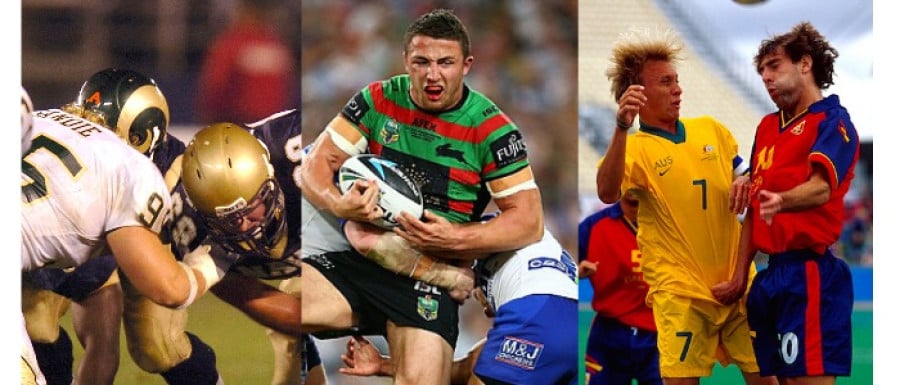
 Global Summit 2024
Global Summit 2024